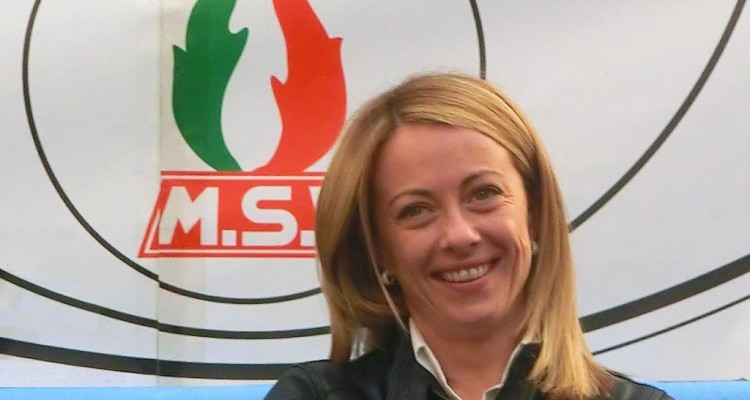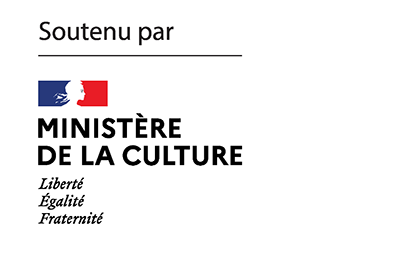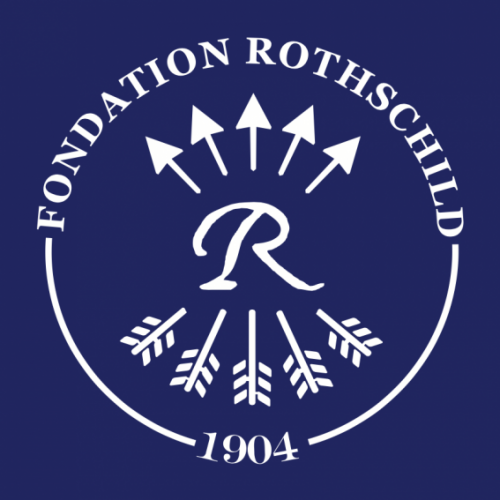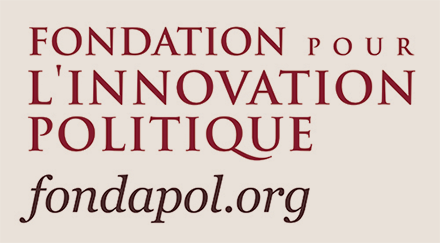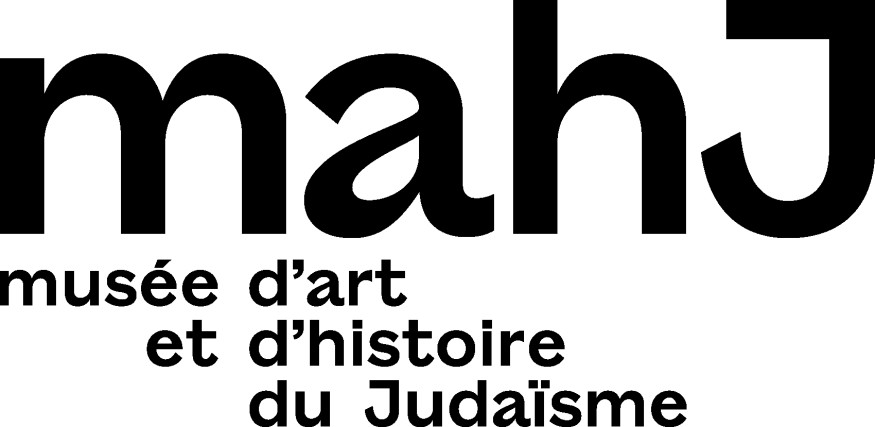There has been much speculation throughout Europe over the past two weeks about the victory of Giorgia Meloni and the nature of her party, Fratelli d’Italia: fascist, post-fascist, neo-fascist, free of its historical links with fascism? Simone Disegni revisits this question, but this time from the perspective of the Italian Jewish community’s relationship with the party. He wonders what dilemmas and certainties Italian Jews will have during the Meloni era…
We wanted to revisit also the documenta and the anti-Semitism controversies that have surrounded the world’s largest contemporary art exhibition in Germany all summer. At the beginning of July, Julia Christ reported on a crazy week of discussions and excuses about a work that was incriminated for its obvious anti-Semitism, and gave an account of the twists and turns that the controversy had provoked. The exhibition ended a week ago: an opportunity for her to review, in an epilogue to her first article, the last acts of a debate that shook the art world and the world intelligentsia, in order to know if, as the author writes, anti-Semitism should be allowed in Germany, in Europe, in the “West” in general – but also just about anywhere; or if legitimately, hatred of Jews is everywhere redhibitory.
The Babi Yar massacre committed on September 29 and 30, 1941 by the Nazis. To mark this anniversary, we are republishing this week’s article by Lisa Vapné, who tells the chaotic story of the monuments and commemorations on a site that symbolizes the extermination of the Jews of this land in the Soviet and post-Soviet collective memory – a site that was hit on March 1 by Russian strikes that targeted the Kiev television tower. In a tweet addressed to the “duty of memory” of the Western conscience, Volodymyr Zelensky expressed himself in these terms: “What is the point of saying ‘Never again’ during 80 years, if the world remains silent when a bomb falls on the same site of Babi Yar?”
